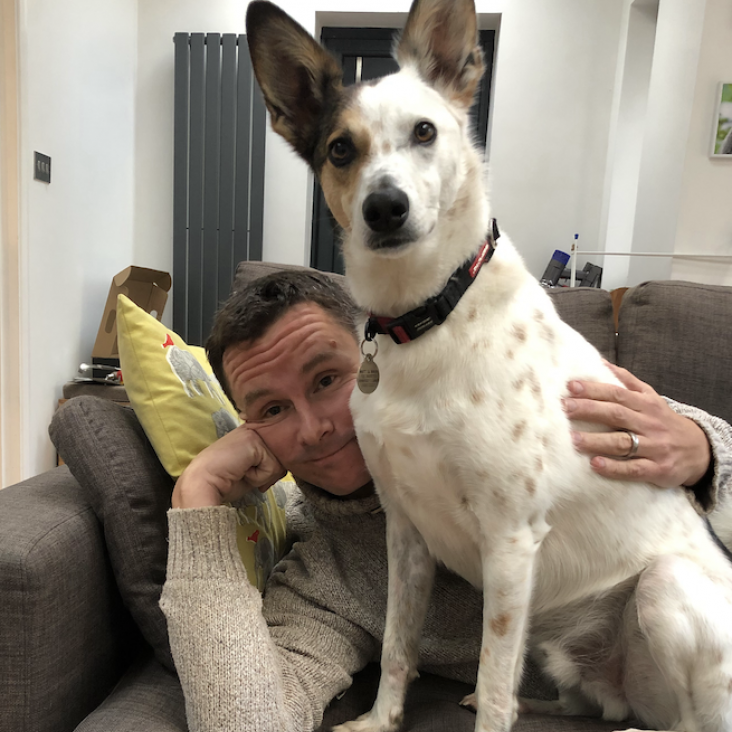Cosmological measurements with forthcoming radio continuum surveys
\mnras 424 (2012) 801-819-801-819
Herschel-ATLAS: Multi-wavelength SEDs and physical properties of 250 micron-selected galaxies at z \lt 0.5
ArXiv e-prints (2012)
Rapid Coeval Black Hole and Host Galaxy Growth in MRC 1138-262: The Hungry Spider
\apj 755 (2012) 146-146
A comprehensive view of a strongly lensed planck-associated submillimeter galaxy
Astrophysical Journal 753:2 (2012)
Abstract:
We present high-resolution maps of stars, dust, and molecular gas in a strongly lensed submillimeter galaxy (SMG) at z = 3.259. HATLAS J114637.9-001132 is selected from the Herschel-Astrophysical Terahertz Large Area Survey (H-ATLAS) as a strong lens candidate mainly based on its unusually high 500 μm flux density (300mJy). It is the only high-redshift Planck detection in the 130deg2 H-ATLAS Phase-I area. Keck Adaptive Optics images reveal a quadruply imaged galaxy in the K band while the Submillimeter Array and the Jansky Very Large Array show doubly imaged 880 μm and CO(1→0) sources, indicating differentiated distributions of the various components in the galaxy. In the source plane, the stars reside in three major kpc-scale clumps extended over 1.6kpc, the dust in a compact (∼1 kpc) region ∼3kpc north of the stars, and the cold molecular gas in an extended (∼7kpc) disk ∼5kpc northeast of the stars. The emissions from the stars, dust, and gas are magnified by ∼17, ∼8, and ∼7times, respectively, by four lensing galaxies at z ∼1. Intrinsically, the lensed galaxy is a warm (T dust ∼40-65 K), hyper-luminous (L IR ∼ 1.7 × 1013 L star formation rate (SFR) ∼2000 M yr-1), gas-rich (M gas/M baryon 70%), young (M stellar/SFR 20Myr), and short-lived (M gas/SFR 40Myr) starburst. With physical properties similar to unlensed z > 2 SMGs, HATLAS J114637.9-001132 offers a detailed view of a typical SMG through a powerful cosmic microscope. © 2012. The American Astronomical Society. All rights reserved..Supernova simulations and strategies for the dark energy survey
Astrophysical Journal 753:2 (2012)


